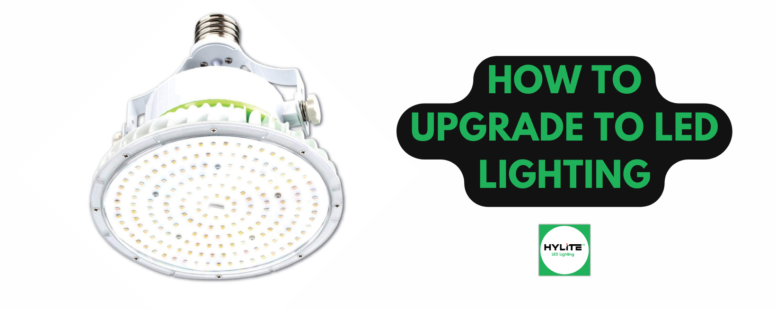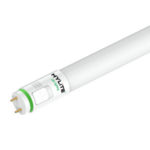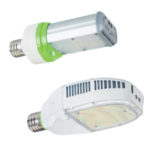Your Guide to Switching from Incandescent to LED
From Halogen to LED
The transition to LED lighting goes beyond a mere trend; it’s a significant move towards more energy-efficient and cost-effective lighting solutions.
LEDs stand out for their remarkable longevity, reduced energy consumption, and minimal environmental footprint, making them the go-to choice for domestic and commercial settings. Embracing LED technology signifies a step towards sustainable living, a commitment to reducing energy costs and environmental impact.
Bulb Types and Fittings
For many years, incandescent bulbs have been the traditional choice, but they fall short in energy efficiency and have a shorter lifespan.
Halogen bulbs, a type of incandescent bulb, offer improved efficiency and brighter light but still don’t match the energy conservation of LED bulbs. LEDs are exceptional for their energy efficiency and significantly longer lifespan.
Equally important is understanding the fitting of your bulb. The most common types include the screw-in E27 fitting and the two-pin GU10. Identifying your current bulb’s fitting ensures you choose the correct LED replacement.
Step-by-Step Guide to Replacing Your Bulbs
Replacing your incandescent or halogen bulbs with LED alternatives is straightforward, yet it requires careful attention to ensure it’s done safely and effectively. Here’s a more detailed step-by-step guide to help you through the process:
- Safety First – Turn Off the Power: The first and most crucial step is to ensure your safety. Before you begin any work, switch off the power to the light fixture you are working on. This is a necessary precaution to avoid any electrical hazards.
- Allow Halogen Bulbs to Cool Down: If you are replacing halogen bulbs, it’s important to give them sufficient time to cool down after turning off the power. Halogen bulbs can get extremely hot during operation, and handling them too soon can result in burns.
- Carefully Remove the Old Bulb: Once the bulb is cool enough to handle, gently unscrew or pull it out from the fixture. The approach depends on the type of bulb and fitting. For screw-in bulbs, rotate them counterclockwise. For bulbs that fit into place, gently pull them straight out. Take care to handle the bulb gently to avoid breakage.
- Inspect the Bulb Base: After removing the bulb, take a moment to examine its base. This step is essential in determining the type of fitting your light fixture has. Common types are E27 (screw type) and GU10 (pin type). Identifying the correct fitting type is crucial for selecting the appropriate LED replacement.
- Install the LED Bulb: Once you have determined the fitting type, it’s time to install it. Carefully align the bulb with the socket – for screw-in types, insert and rotate clockwise; for pin types, align the bulb with the holes and push it in gently until it’s secure. Ensure the bulb is firmly in place, but avoid over-tightening, which can cause damage to both the bulb and the fixture.
- Test Your New LED Bulb: After the LED bulb is securely installed, turn the power back on and test the bulb. This will confirm that the bulb is working properly and is correctly installed.
We encourage you to explore this process in depth and witness the transformation firsthand. For a visual walkthrough, be sure to check out this video!
Choosing the Right LED Bulbs
When choosing an LED bulb, consider its brightness, which is best measured in lumens rather than watts.
A higher lumen count means a brighter light. Another key factor is the color temperature of the LEDs, which affects a room’s ambiance. LEDs range from warm, yellowish hues to cool, blue tones, measured in Kelvin (K). Also, consider the bulb’s beam angle, which determines the spread of light.
A narrow beam angle focuses the light more directly, ideal for spotlighting, while a wider angle provides a more diffused light, suitable for general room lighting.
Dimmability and Compatibility
Our LED bulbs stand out as they are 100% Triac dimmable, ensuring seamless compatibility with a wide range of dimming switches.
Here are some key points to consider for a smooth transition:
- Full Triac Dimmability: All our LED bulbs are 100% Triac dimmable.
- Reliable Performance: Expect consistent dimming with our LEDs.
- No Compatibility Issues: Designed for seamless use with Triac dimmers.
- Easy Integration: Effortlessly fits into existing dimming systems.
Special Considerations for 12V Bulbs
Replacing 12V halogen bulbs with LED variants might require additional considerations. The key factor here is the compatibility of the transformer used in your 12V system with LED bulbs. Since LED bulbs draw much less power, some older transformers might not be effective with them.
Fortunately, some LED bulbs are designed for direct replacement, meaning no additional adjustments to your current setup are needed.
Color Temperature and Ambiance
The color temperature of the light bulbs can significantly influence a room’s ambiance.
For a warm, cozy ambiance, a bulb with a lower Kelvin rating emitting a warm white light is ideal for living rooms and bedrooms. Conversely, for spaces where focus and clarity are required, such as kitchens, bathrooms, and workspaces, a bulb with a higher Kelvin rating emitting a cool white light would be preferable.
In settings where maximum visibility is essential, the daylight range with the highest Kelvin rating is ideal.
Ready To Buy?
By understanding the nuances of LED technology, from the types of bulbs and their fittings to the specifics of color temperature and dimmability, you can make an informed decision that benefits your wallet and the environment. Embrace the efficiency and brilliance of LED lighting and illuminate your space with a sustainable and stylish choice.
Reach out to us for more information and to purchase.









